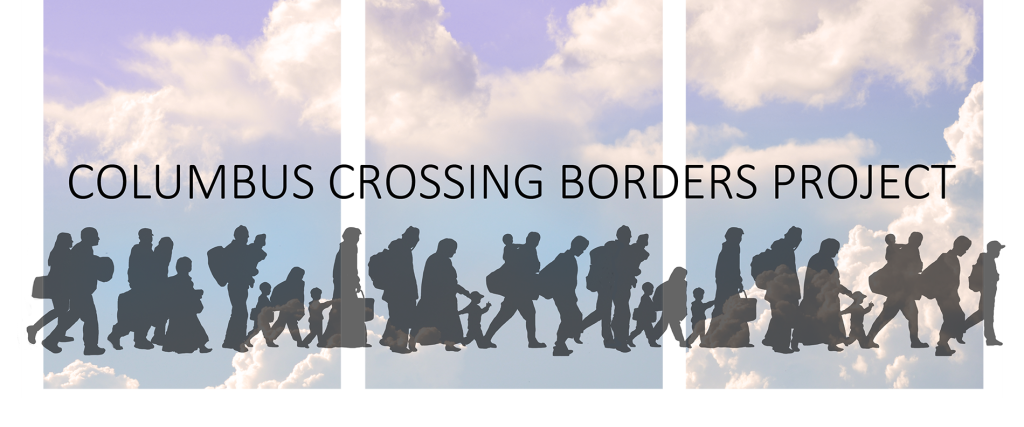 The Columbus Crossing Borders Project was begun by Columbus area artist, Laurie Van Balen, in response to the alarming spread of anti-immigrant sentiment that is sweeping the country. Visit the website to learn more about the artists, traveling art exhibit, and documentary film that is the result of 34 artists, refugees willing to share their stories, a film crew, and many volunteers.
The Columbus Crossing Borders Project was begun by Columbus area artist, Laurie Van Balen, in response to the alarming spread of anti-immigrant sentiment that is sweeping the country. Visit the website to learn more about the artists, traveling art exhibit, and documentary film that is the result of 34 artists, refugees willing to share their stories, a film crew, and many volunteers.
You can watch parts of the video made by Doug Swift, meet some of the artists, see their work, and hear some of the refugees’ stories. This project aims to inspire compassion and encourage critical thinking when considering the plight of refugees in our country.
Columbus Crossing Borders Project is working with the Community Immigration and Refugee Services (CRIS) in Columbus.
Currently in production, the traveling art exhibit will open on May 21, at the Cultural Arts Center in Columbus. You are welcome to attend the opening reception:
“As we seek to inspire compassion and support for the 65 million people in our world who are fleeing war, terror, persecution and hardship, The Columbus Crossing Borders Project warmly invites you to attend the initial public presentation of our traveling art exhibit and documentary film.
Sunday, May 21 2 – 6pm Cultural Arts Center | 139 W Main St, Columbus, Ohio 43215
This event is being presented with support from the Greater Columbus Arts Council.”
I hope to see you there!
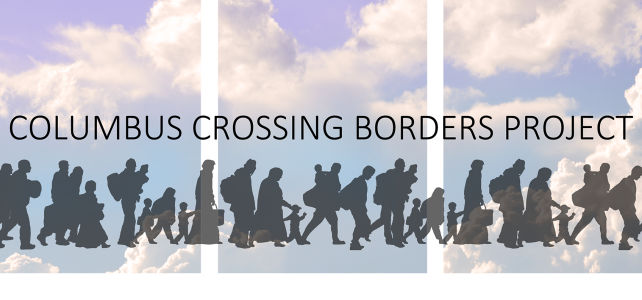
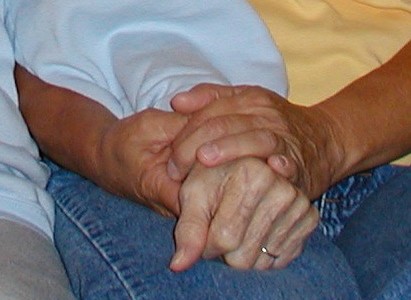
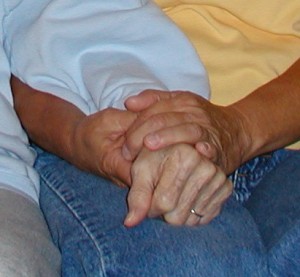
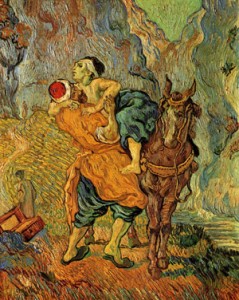
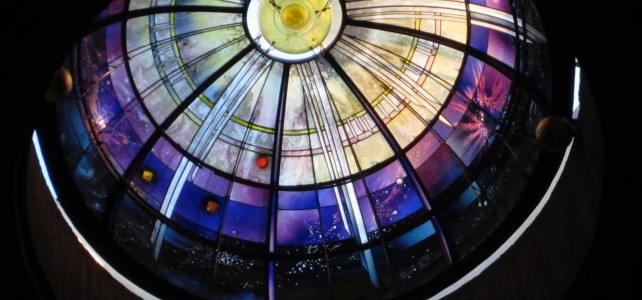
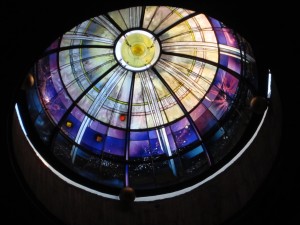 Originally published in The Catholic Times, November 12, 2016 issue
Originally published in The Catholic Times, November 12, 2016 issue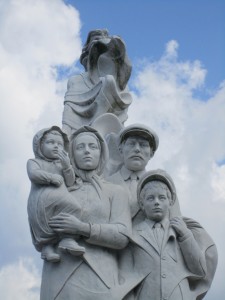
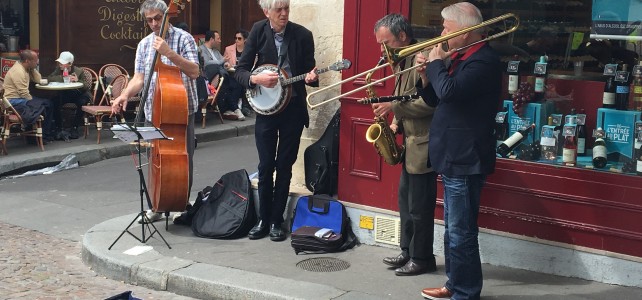
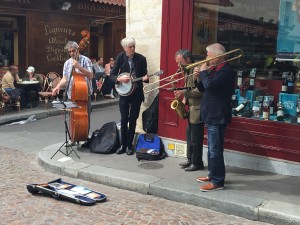
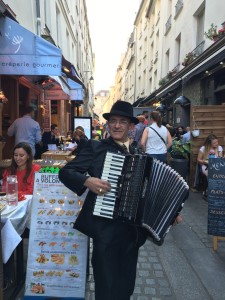
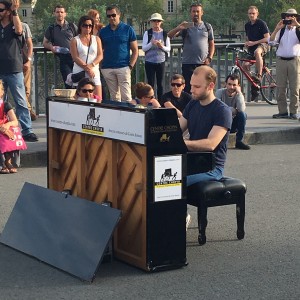
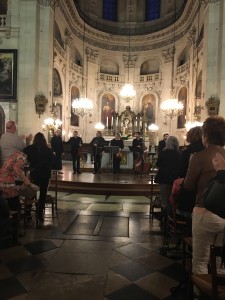
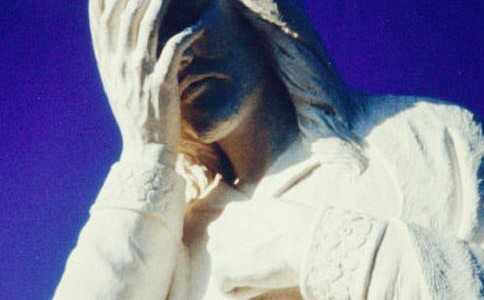
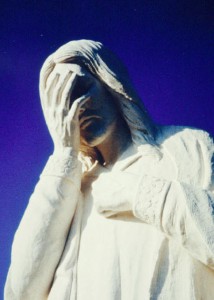
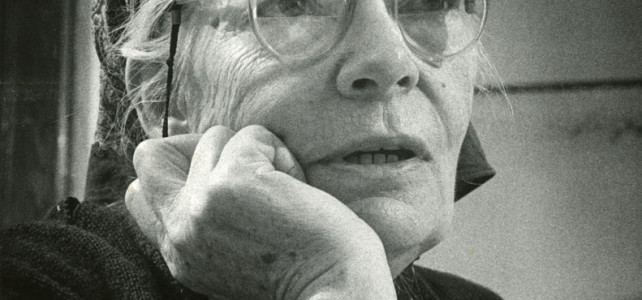
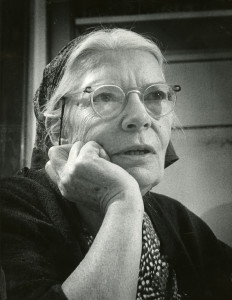
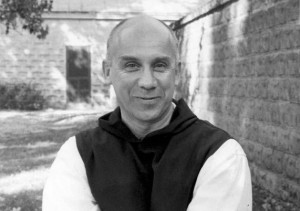 Pope Francis also recommended Merton’s openness to God in a contemplative style of prayer. Merton in the midst of a world immersed in “noise” of all types—digital, visual, aural—pouring out of players, electronics, out of the depths of our souls, calls us to quiet presence. For those who fill up every moment with activity and distraction, he says, “Be still. Listen.”
Pope Francis also recommended Merton’s openness to God in a contemplative style of prayer. Merton in the midst of a world immersed in “noise” of all types—digital, visual, aural—pouring out of players, electronics, out of the depths of our souls, calls us to quiet presence. For those who fill up every moment with activity and distraction, he says, “Be still. Listen.”

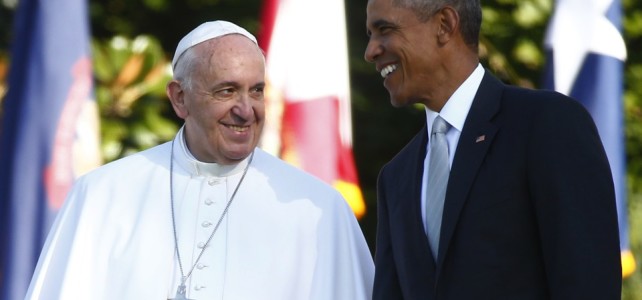
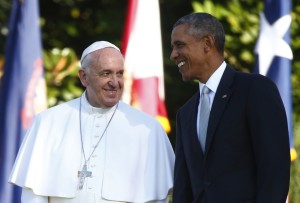
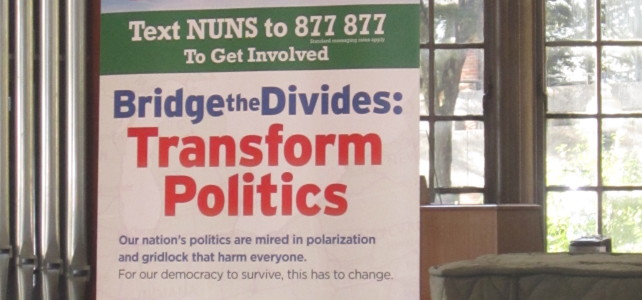
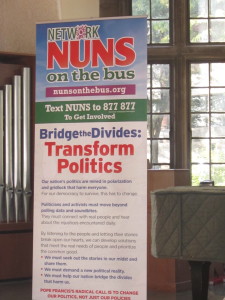
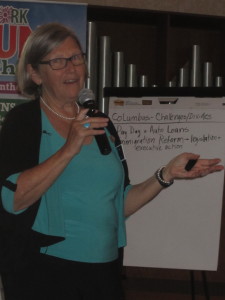
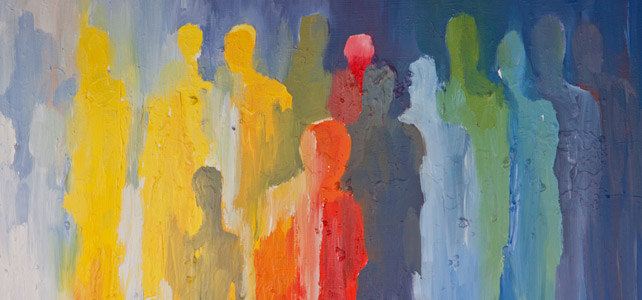
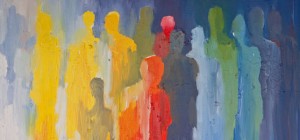 A few days ago, Jenny Boylan wrote a great editorial in the New York Times about white privilege. It’s easy to miss it, if you’re white that is. Privilege is like that. When you’ve got it, it’s almost invisible to you while being obvious to those who don’t have it. I am a woman, so I recognize male privilege when I see it. I’m white, too. White privilege can escape my notice. I wouldn’t think of any transgender people, likely the most marginalized people in our society, as being privileged. Jenny Boylan didn’t either…
A few days ago, Jenny Boylan wrote a great editorial in the New York Times about white privilege. It’s easy to miss it, if you’re white that is. Privilege is like that. When you’ve got it, it’s almost invisible to you while being obvious to those who don’t have it. I am a woman, so I recognize male privilege when I see it. I’m white, too. White privilege can escape my notice. I wouldn’t think of any transgender people, likely the most marginalized people in our society, as being privileged. Jenny Boylan didn’t either…